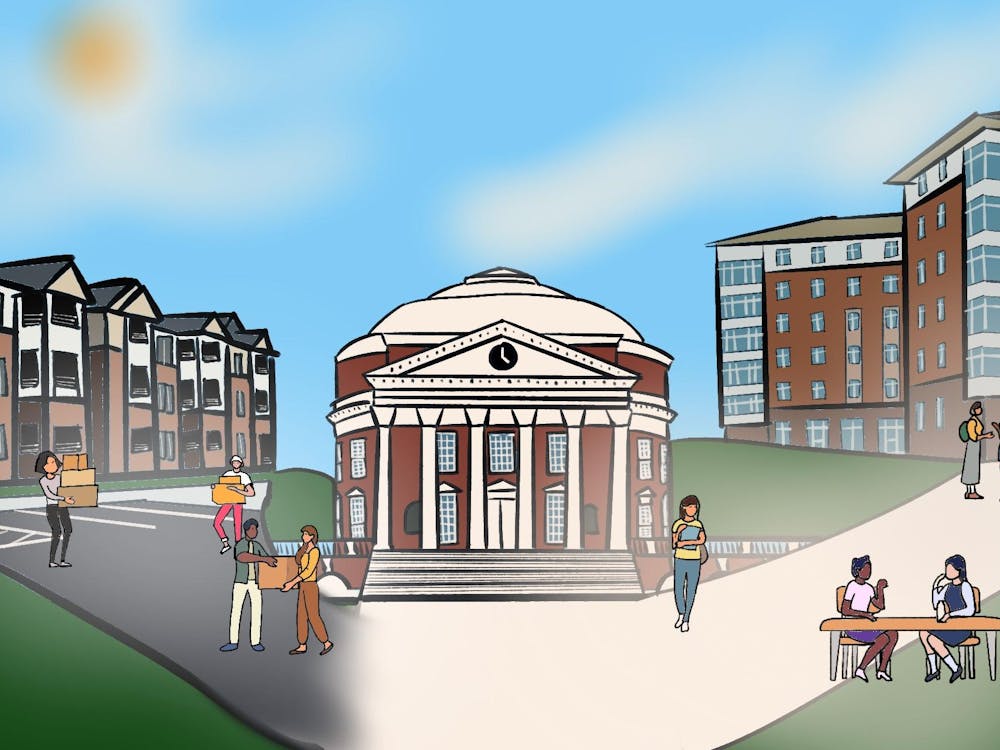The United States’ education system is in trouble. Despite our vast resources and wealth, we are unable to keep up with other countries educationally by many measures, including international standardized test scores and measures of literacy and scientific knowledge. Much research has strived to decipher where our shortcomings in education lie. What are we doing wrong? A recent article on the Washington Post argues that the poverty-like conditions in which many children grow up limits their ability to succeed. According to U.S. Census Bureau, 22 percent of children are in poverty.Education reform needs to take into account students’ home conditions (such as parents with a weak educational background) rather than always attributing failures to poor teachers or parents. These social constraints limit a student’s ability succeed before the student begins school.
The relationship between poverty and school performance is a valid point to consider in improving our education system. If students cannot purchase school supplies, or if they do not have sufficient food or health care, of course it will affect their ability to learn in school. Yet at the same time, it is difficult to take measures to suddenly pull people (particularly children) out of poverty, especially in a capitalist society. All of these factors are in a context where the feasibility of welfare programs is being argued in Congress. While there is little control anyone really has over a student’s home life, I think that appropriate education reform can mitigate the effects of low socioeconomic condition on student performance.
A possible approach to improving the U.S. education system is to have strong pre-school programs available. One of the main ways to decrease the achievement gap between students of different socioeconomic statuses and to ensure all students are at the same basic education level when they enter kindergarten is to have pre-school programs widely available and accessible. This would in turn ensure all students are at a certain performance level.
provides free backpacks and other school supplies this year on the Downtown MallLastly, a small student-to-teacher ratio can also be helpful. Often students from poverty-stricken backgrounds may not receive much attention because their parents are busy working multiple jobs. In such cases, more attention in school can be important. A small student-teacher ratio will allow each teacher to focus more attention on each individual student and his needs.
The three approaches listed above are suggestions for schools to cope with the effects of poverty on educational achievement. The suggestions are by no means revolutionary or new, but are meant to highlight that while some factors are beyond our control (like student backgrounds), others are not. It should not be assumed that a student’s socioeconomic background is an inherent obstacle to success. Such a view is fatalistic. Rather, an education system that attempts to work within that framework, and accommodates accordingly, will ensure those students are at a less disadvantageous position in school. This in turn may encourage students to work harder to fight their situation.
Fariha Kabir is an Opinion columnist for The Cavalier Daily. Her columns run Wednesdays.






